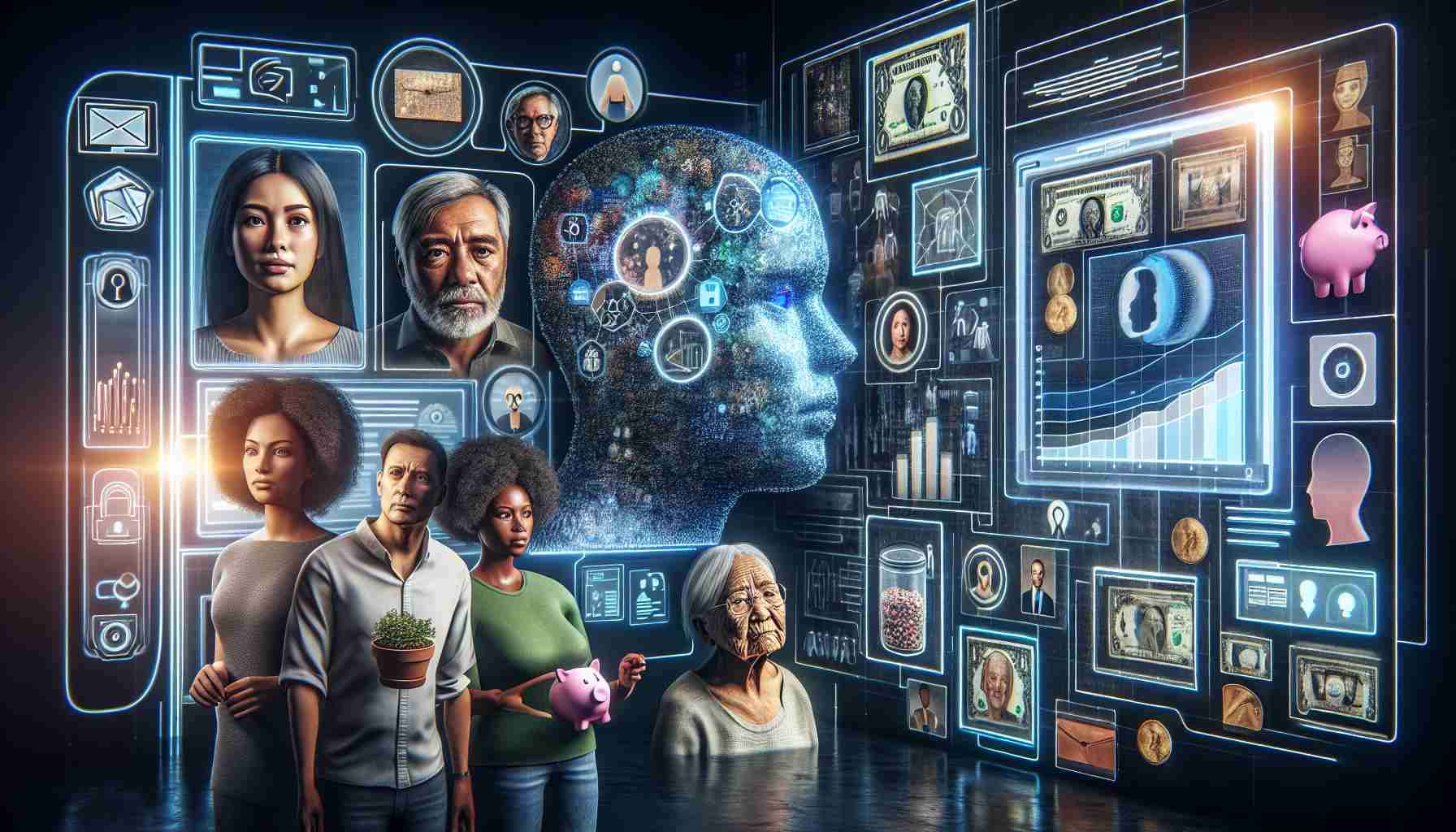Artificial intelligence (AI) has been touted as a versatile tool for businesses, helping them boost sales, streamline operations, and enhance customer interactions. However, a new study from Texas McCombs suggests that AI can also be harnessed for social good by assisting vulnerable consumers.
Co-authored by Gizem Yalcin Williams, an assistant professor of marketing at Texas McCombs, along with Erik Hermann of ESCP Business School in Berlin and Stefano Puntoni of the University of Pennsylvania’s Wharton School, the research presents an AI framework that businesses can employ to identify vulnerable consumers, address their specific needs, and alleviate potential discrimination and inequalities.
By making customer service more accessible, interactive, and dynamic, AI can empower vulnerable consumers to better comprehend information and make informed decisions. For instance, AI tools can analyze consumer voice and reactions, providing real-time feedback to customer service representatives and offering tips for improving their interactions.
The framework’s key concepts include recognizing vulnerability as a dynamic state that can affect anyone at various times, and utilizing AI to assess the risk scores of customer service agents when interacting with vulnerable consumers. AI can also provide customized tips and suggestions to agents in order to support consumers who may be overwhelmed or struggling to process information.
Investing in AI-driven customer service has potential benefits both financially and in terms of reputation. By detecting vulnerability and guiding consumers through challenging times, businesses can cultivate increased loyalty, improved customer satisfaction, and enhanced profits.
The study, titled “Deploying Artificial Intelligence in Services to Aid Vulnerable Consumers,” emphasizes the significant role AI can play in promoting social good. As machine learning and natural language processing algorithms advance, AI is uniquely positioned to identify and empower vulnerable consumers, enabling businesses to better serve their needs.
Harnessing the power of AI to support vulnerable consumers is not only a responsible business practice but also a pathway to positive outcomes for both businesses and individuals.
FAQ Section:
Q: What does the study suggest about using AI for social good?
A: The study suggests that AI can be harnessed to identify and support vulnerable consumers, addressing their needs and reducing discrimination and inequalities.
Q: How can AI empower vulnerable consumers?
A: AI can make customer service more accessible, interactive, and dynamic, helping vulnerable consumers better understand information and make informed decisions. It can provide real-time feedback to customer service representatives and offer tips for improving interactions.
Q: What are some key concepts of the AI framework presented in the research?
A: The key concepts include recognizing vulnerability as a dynamic state and using AI to assess the risk scores of customer service agents when interacting with vulnerable consumers. AI can also provide customized tips and suggestions to support overwhelmed consumers.
Q: What are the potential benefits of investing in AI-driven customer service?
A: Investing in AI-driven customer service can lead to increased loyalty, improved customer satisfaction, and enhanced profits for businesses.
Definitions:
– Artificial intelligence (AI): The simulation of human intelligence processes by machines, typically through the use of advanced algorithms, capable of learning from and analyzing vast amounts of data.
– Vulnerability: The state of being exposed to the risk of harm or discrimination, especially due to personal circumstances or characteristics that make someone more susceptible.
– Discrimination: Treatment or consideration of, or making a distinction in favor of or against, a person or group based on characteristics such as race, age, gender, or disability.
– Customer service: The assistance and support provided by a company to its customers before, during, and after a purchase or interaction with the company’s products or services.
Suggested Related Links:
– Texas Enterprise – Customer Service
– McCombs School of Business
– ESCP Business School
– Wharton School, University of Pennsylvania
The source of the article is from the blog radiohotmusic.it

